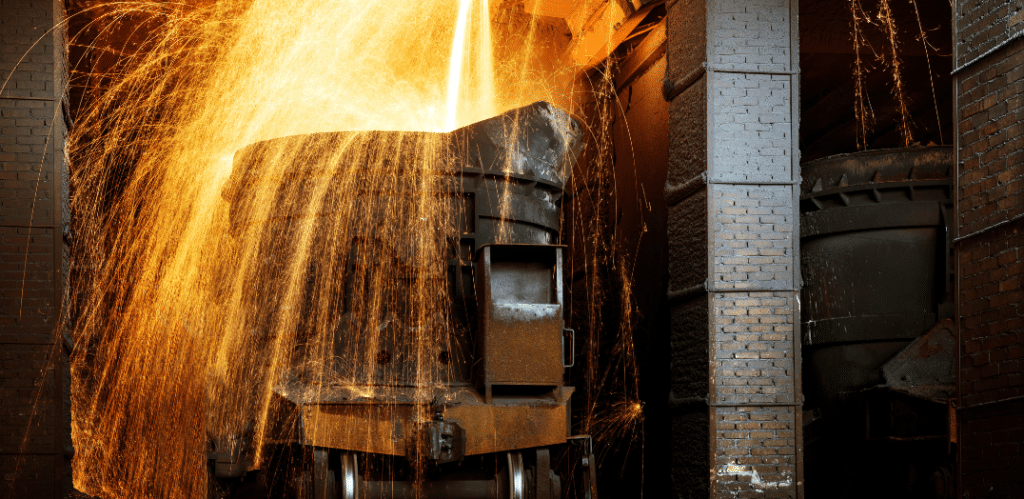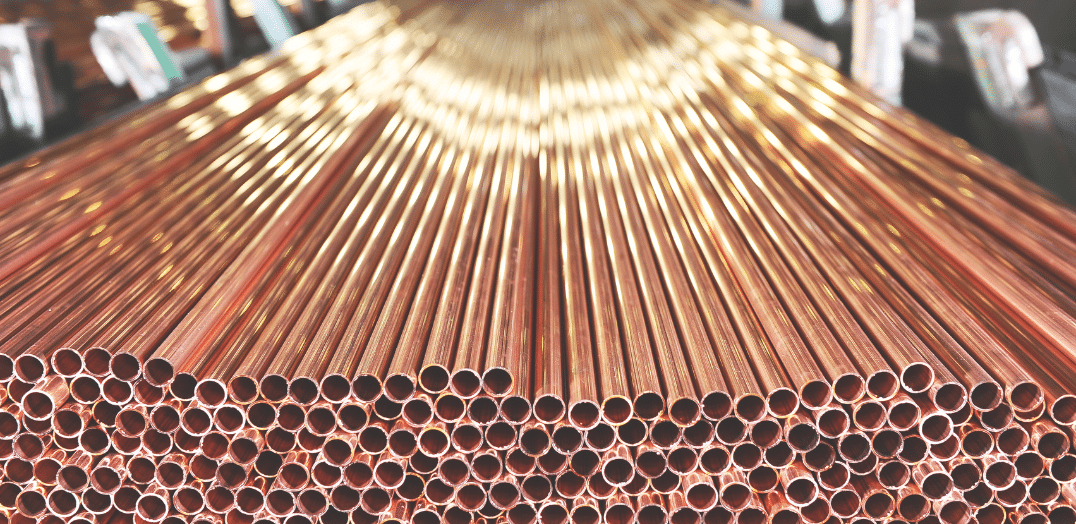Copper Prices Soar Past $9,000 Per Ton, Reaching an 11-Month Peak Amid Fears of a Supply Deficit
By Jamie Hyland for MiningIR
In recent weeks, the global copper market has witnessed a remarkable surge in prices, a trend that underscores the intricate dynamics at play within the commodities sector. This article delves into the myriad factors contributing to the current copper price hike, with a particular focus on China’s smelting activities, supply threat cuts, the implications of policy decisions announced at the National People’s Congress in Beijing, copper usage in India under Prime Minister Narendra Modi’s administration, and the overarching theme of electricity shortages impacting copper production.
The Heart of Copper Smelting: China’s Role
China, the world’s largest consumer of copper, plays a pivotal role in shaping the market dynamics of this essential metal. Recent activities within Chinese smelters have had a significant impact on copper prices. As the backbone of the global copper supply chain, any fluctuation in China’s smelting capacity—be it due to environmental policies, energy constraints, or strategic production adjustments—can send ripples across the global market. These factors, combined with China’s relentless pursuit of high-quality copper for its manufacturing and construction sectors, have contributed to the tightening of global copper supplies, thereby elevating prices.

Supply Threat Cuts: A Global Concern
The global copper market has been further destabilized by supply threat cuts across major producing regions. Incidents ranging from labor strikes to unexpected operational disruptions have exacerbated the situation, leading to a tangible sense of uncertainty among investors and manufacturers alike. These supply threats underscore the delicate balance that underpins the global copper industry, highlighting the vulnerability of this essential commodity to unforeseen challenges.
Ambitions and Aspirations: The National People’s Congress
The recent National People’s Congress in Beijing has been a focal point for policymakers and market watchers alike. The Congress, which saw Chinese leaders, including President Xi Jinping, set an ambitious economic growth target of 5%, has profound implications for the copper market. Given copper’s critical role in infrastructure development, energy transition, and technological advancement, China’s growth ambitions are likely to fuel increased demand for the metal, thereby contributing to the upward pressure on prices. The emphasis on sustainable development and green technologies, in particular, positions copper as a key commodity in China’s economic blueprint.
India’s Growing Appetite for Copper
Parallel to China’s copper narrative is India’s burgeoning demand for the metal, championed by Prime Minister Narendra Modi’s ambitious infrastructural and industrialization projects. Copper’s essential role in electrical and renewable energy applications aligns with India’s objectives to enhance its energy infrastructure and manufacturing capabilities. As India continues to navigate its path towards becoming a global manufacturing hub, its appetite for copper is expected to grow, further straining the global supply and contributing to the metal’s price surge.
Underpinning many of the challenges facing the copper industry are the pervasive electricity shortages experienced in key production regions. These shortages not only hamper smelting operations but also affect mining activities, leading to reduced output and delayed project timelines. As the demand for copper, particularly for electrification and renewable energy projects, continues to escalate, the impact of electricity shortages on production capacity has become a critical factor influencing market dynamics and prices.

The recent surge in copper prices is a multifaceted phenomenon, driven by a complex interplay of global demand, supply uncertainties, policy decisions, and infrastructural needs. As the world continues to pivot towards sustainable development and electrification, the role of copper, both as a commodity and a key component of green technologies, cannot be overstated. Navigating through this tumultuous landscape requires a nuanced understanding of the various factors at play, from China’s smelting operations and supply chain disruptions to India’s developmental aspirations and the broader implications of energy shortages. As stakeholders across the spectrum assess the implications of these dynamics, the copper market remains a critical barometer of global economic health and technological progress.













